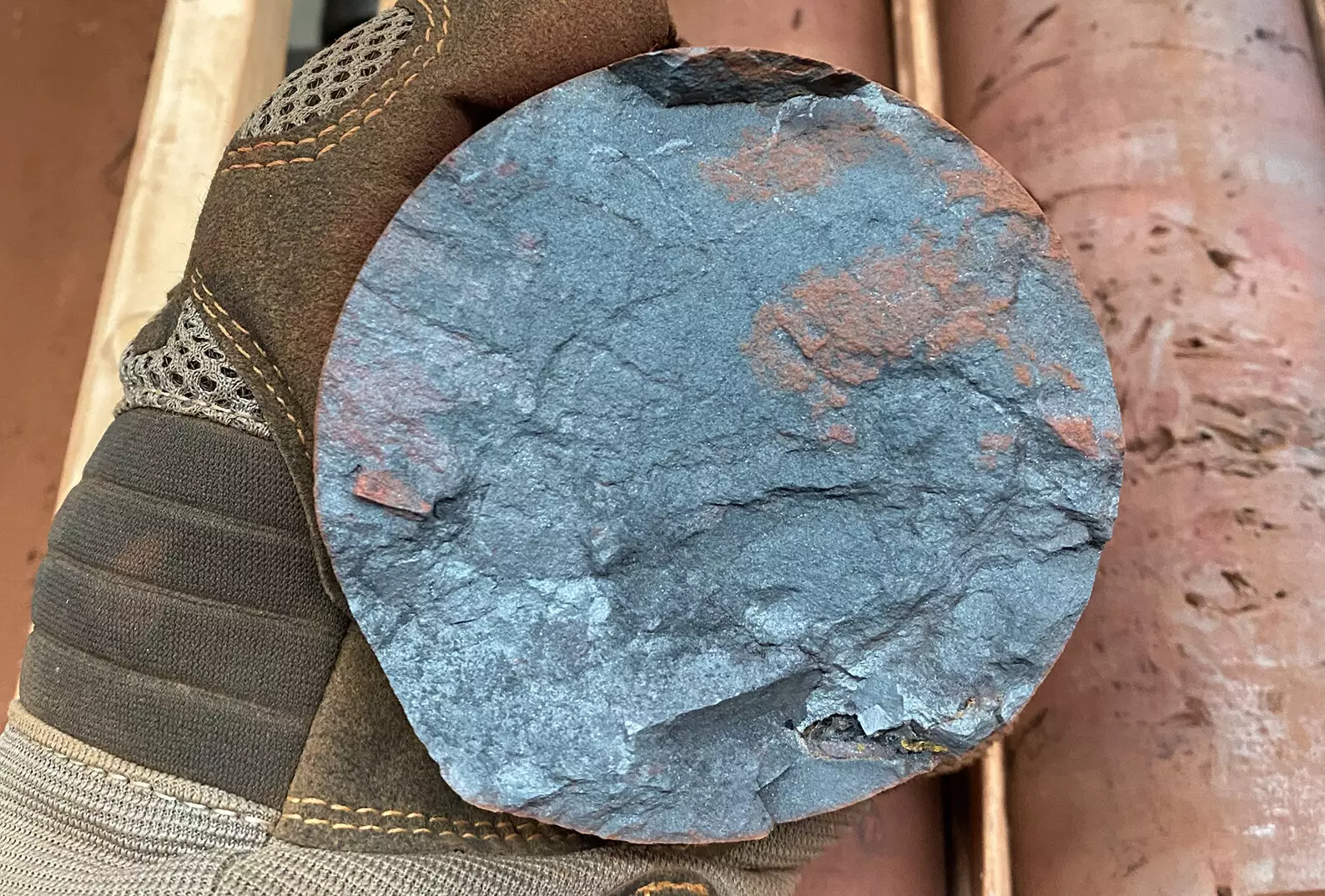Recent research from Curtin University has fundamentally shifted our understanding of iron ore deposits, particularly in the Hamersley Province of Western Australia. The findings reveal that these vast iron ore reserves are approximately one billion years younger than previously estimated, opening new avenues for exploration and resource extraction. Utilizing a cutting-edge geochronology technique, researchers determined that these deposits formed between 1.4 and 1.1 billion years ago, which dramatically alters the geological narrative surrounding them.
This revelation is not merely about numbers; it signifies a profound transformation in how we interpret Earth’s geological history. The previous assumption that these deposits dated back 2.2 billion years suggested a vastly different series of geological events. The research underscores the critical role of elemental dating in refining our historical geological timelines and enhances our ability to forecast potential mineral discoveries.
Connecting Tectonic Activity and Resource Formation
Lead author Dr. Liam Courtney-Davies emphasized that these iron deposits emerged during an epoch marked by tremendous geological upheaval—an era characterized by ancient supercontinents fragmenting and new geological formations taking root. This connection underscores a pivotal relationship between tectonic activity and the mineralization processes that generate iron-rich rocks. The energy from these major geological shifts likely resulted in the creation of billions of tonnes of iron ore across the Pilbara region.
This geological perspective is monumental, as it informs not only academic discourse but also practical applications in mining and resource management. Understanding the timing and conditions under which these minerals were formed allows exploration companies to refine their methodologies and strategies, potentially leading to the discovery of new resources that are as yet untapped.
Modern Techniques Transforming Research
The research utilized advanced uranium and lead isotope analysis within iron oxide minerals to establish accurate dating of the banded iron formations (BIFs). These formations are archeological treasures of Earth’s early environment, providing snapshots of a time when iron was concentrated in the oceans, laying the foundation for today’s massive deposits. This innovation in dating techniques has made it possible to clarify a previously murky timeline, a crucial step for understanding how iron ore evolves over geological timeframes.
Co-author Associate Professor Martin Danišík articulated the significance of these findings, pointing to a newly illuminated connection between tectonics and mineral formation. By demonstrating that these large deposits coincide with significant tectonic movements, the study suggests that the search for iron ore must consider these dynamic geological processes.
The Economic Implications of a Geological Revolution
Western Australia is already a powerhouse in iron ore production, contributing a staggering $131 billion to the Australian economy last financial year. This research not only enriches our scientific understanding but has far-reaching economic implications. With the prospect of new deposits discovered through enhanced geological insights, the mining industry could see a boom, bolstering export opportunities and mitigating concerns about resource depletion.
Ultimately, this pivotal study encourages a reevaluation of mining strategies globally. As geologists refine their understanding of mineral formation, the implications extend beyond mere academic interest; they influence resource management policies and economic strategies for nations reliant on mining. The intersection of science and industry showcased in this research serves as a reminder that our geological past is not just a record of what has happened but a guiding light for the future of resource exploration and sustainability.


Leave a Reply